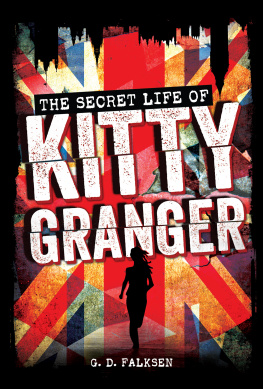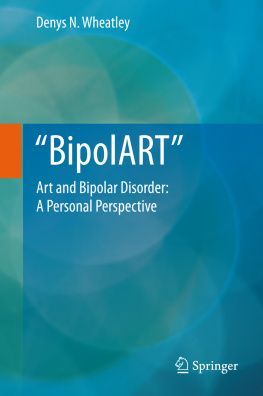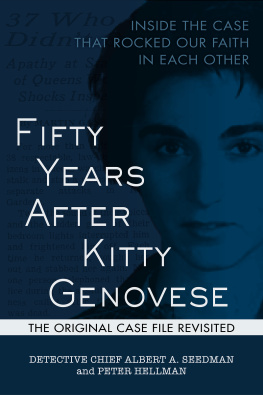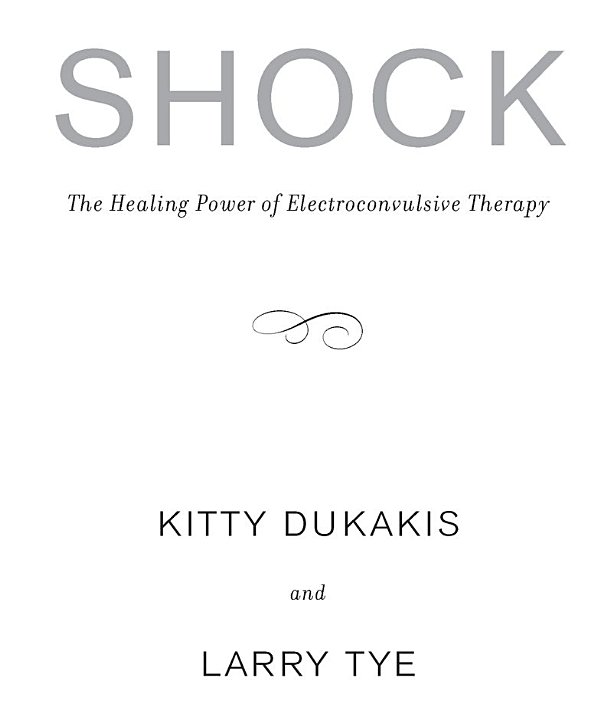Table of Contents
AVERY
a member of Penguin Group (USA) Inc.
New York
Published by the Penguin Group
Penguin Group (USA) Inc., 375 Hudson Street, New York, New York 10014, USA Penguin Group
(Canada), 90 Eglinton Avenue East, Suite 700, Toronto, Ontario M4P 2Y3, Canada (a division of
Pearson Penguin Canada Inc.) Penguin Books Ltd, 80 Strand, London WC2R 0RL, England
Penguin Ireland, 25 St Stephens Green, Dublin 2, Ireland (a division of Penguin Books Ltd) Penguin
Group (Australia), 250 Camberwell Road, Camberwell, Victoria 3124, Australia (a division of Pearson
Australia Group Pty Ltd) Penguin Books India Pvt Ltd, 11 Community Centre, Panchsheel Park,
New Delhi-110 017, India Penguin Group (NZ), 67 Apollo Drive, Rosedale, North Shore 0745,
Auckland, New Zealand (a division of Pearson New Zealand Ltd) Penguin Books (South Africa)
(Pty) Ltd, 24 Sturdee Avenue, Rosebank, Johannesburg 2196, South Africa
Penguin Books Ltd, Registered Offices: 80 Strand, London WC2R 0RL, England
First trade paperback edition 2007
Copyright 2006 by Kitty Dukakis and Larry Tye
All rights reserved. No part of this book may be reproduced, scanned,
or distributed in any printed or electronic form without permission. Please do
not participate in or encourage piracy of copyrighted materials in violation
of the authors rights. Purchase only authorized editions.
Published simultaneously in Canada
Most Avery books are available at special quantity discounts for bulk purchase for sales promotions, premiums, fund-raising, and educational needs. Special books or book excerpts also can be created to fit specific needs. For details, write Penguin Group (USA) Inc. Special Markets, 375 Hudson Street, New York, New York 10014.
Dukakis, Kitty.
Shock : the healing power of electroconvulsive therapy / Kitty Dukakis and Larry Tye.
p. cm.
Includes bibliographical references and index.
eISBN : 978-1-101-11826-9
1. Electroconvulsive therapy. I. Tye, Larry. II. Title.
RC485.D
616.89122dc22
Neither the publisher nor the authors are engaged in rendering professional advice or services to the individual reader. The ideas, procedures, and suggestions in this book are not intended as a substitute for consulting with a physician. All matters regarding health require medical supervision. Neither the authors nor the publisher shall be liable or responsible for any loss or damage allegedly arising from any information or suggestion in this book.
While the authors have made every effort to provide accurate telephone numbers and Internet addresses at the time of publication, neither the publisher nor the authors assume any responsibility for errors, or for changes that occur after publication. Further, the publisher does not have any control over and does not assume any responsibility for author or third-party websites or their content.
http://us.penguingroup.com
PREFACE
There is no treatment in psychiatry more frightening than electroconvulsive therapy. It works like this: Two electrodes are strapped to the patients skull. The doctor presses a button that unleashes a burst of electricity powerful enough to set off an epileptic-like convulsion. The sheer strength of the seizure shocks the brain back into balance.
There also is no treatment in psychiatry more effective than ECT.
Ask any psychiatrist about it and he is likely to raveprovided no one is listening. Even more certain is that he will recommend ECT only as a last resort, if then, and will barely refer to it when training the next generation of psychiatrists.
Mention it to someone on the street and the first reaction is: Shock treatment! They arent still doing that, are they? Often followed by, My aunt Agnes had that a long time ago and it made her better.
How is it that a therapy nearly seventy years old still provokes such passionate and paradoxical responses? No remedy in medicine is more entangled in polemics than ECT. This book sifts through the controversy and unravels the contradictions. It separates scare from promise, real complications from lurid headlines. In the process, it offers practical guidance to prospective patients and their families on whether ECT can help them battle depression, bipolar disorder, and other disabling mental diseases. ECT stirs fears and hopes that intrigue everyone but mystify most. This text is an exercise in demystification.
It does that in two voices, one personal and narrative, the other dispassionate and explanatory. The narrative is Kitty Dukakiss experience with ECT, presented in every other chapter in the first person. Kitty knows about mental illness. For two decades she has suffered a depression that at times she has been able to outrun and at other times has marooned her in bed, unable to think of anything but the next mouthful of vodka. She also knows about the addictions that frequently accompany psychiatric sickness. Her unlucky romance with diet pills started at age nineteen and lasted twenty-six years. Her drinking began later and persisted nearly as long, although she has been sober for five years. Such dependencies and disease would be tormenting for anyone; for Kitty they were aggravated by her husband Michaels three terms as governor of Massachusetts, his 1988 run for the presidency, and her high-profile roles in all of them.
The explanatory chapters are mine. I am a former medical writer at the Boston Globe. I first heard Kittys story when she and Michael told it to participants in the Boston-based training program that I run for health-care journalists. My fellow reporters and I sat transfixed by the tale of a treatment we were supposed to know about but did not, and by storytellers we thought we knew but had never heard speak so movingly. Their presentation had special resonance for me: A journalist friend had recently considered ECT when nothing else could lift him out of despair, but he was scared away by lingering images from Jack Nicholsons One Flew Over the Cuckoos Nest. A favorite aunt had the procedure when I was a boy, and she was depressed and desperate.
Kitty and I began a negotiation en route to a collaboration. She had already shared her experience with friends of friends, along with total strangers, who had heard about her treatment and were searching for something to subdue their demons. Now she wanted my help bringing her story to a wider audience. I was reluctant to wade into the controversy but became mesmerized by a treatment that some condemn as torture and others lionize as life-saving. I said I would join in, on two conditions: that I could tell the broader story of ECT to fill out her individual angle, and that I would have the freedom to go anywhere the facts led me, for better and worse. She enthusiastically agreed.
Kittys tale is more than just hers. It is the story she remembers, with recollections and reactions woven in from her children and husband, her sister and brother-in-law, and friends who, as always with a disease like depression, played roles in her illness and her recoveries. It is her struggle with alcohol and with diet pills, which both masked and exacerbated her despair. Her doctors contributed to this retelling, opening her hospital and therapy records to her and to me, adding perspective, and letting me observe as she got convulsive treatments over the course of more than a year.












